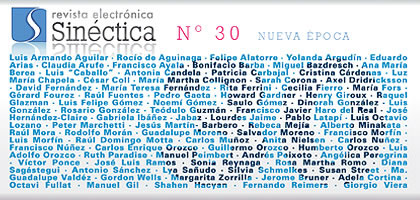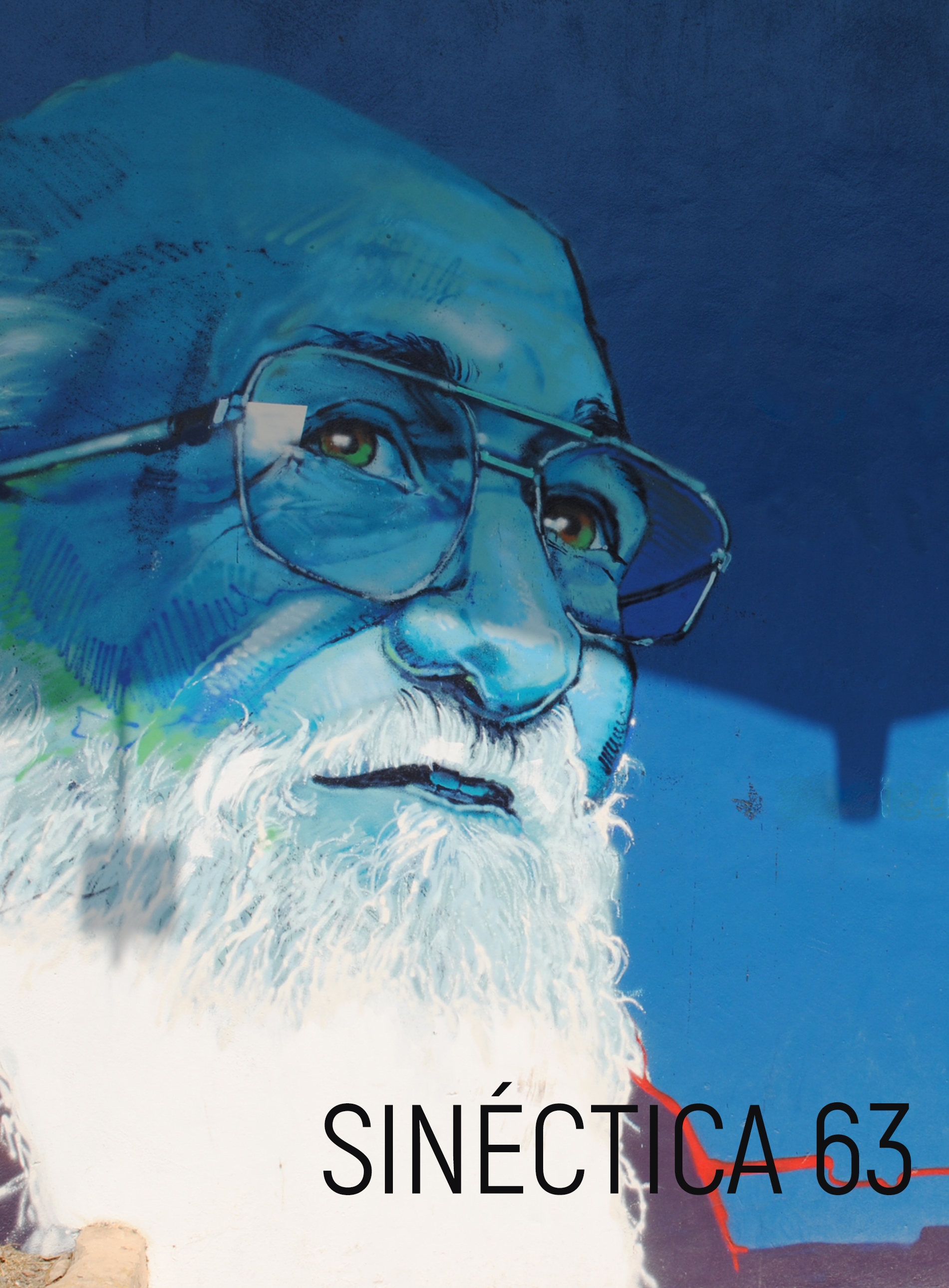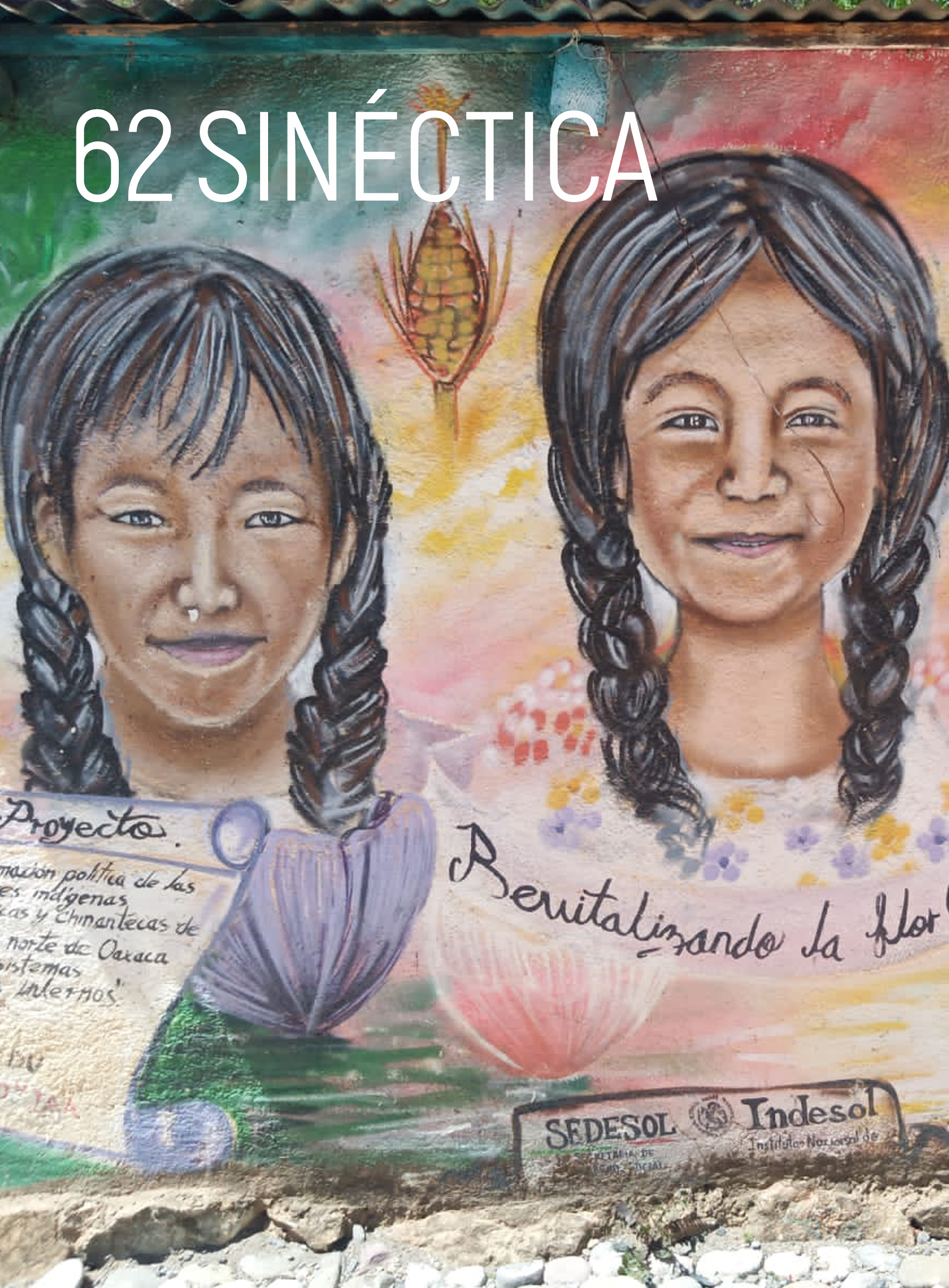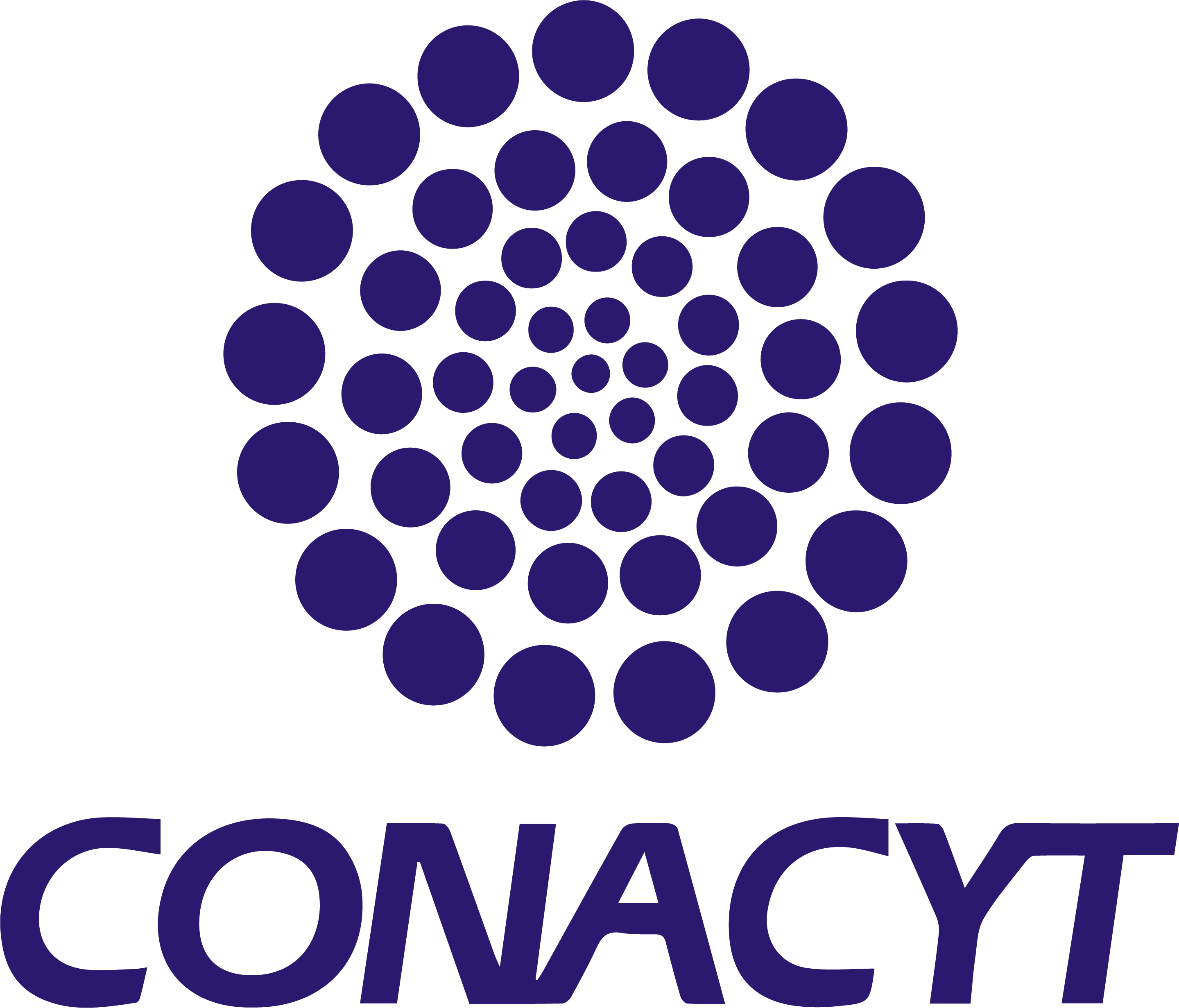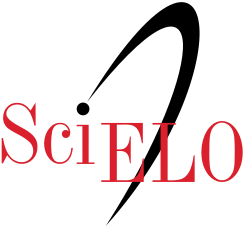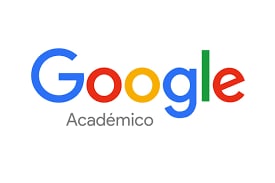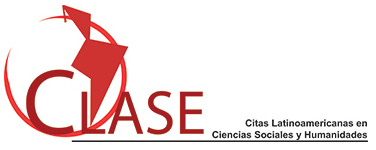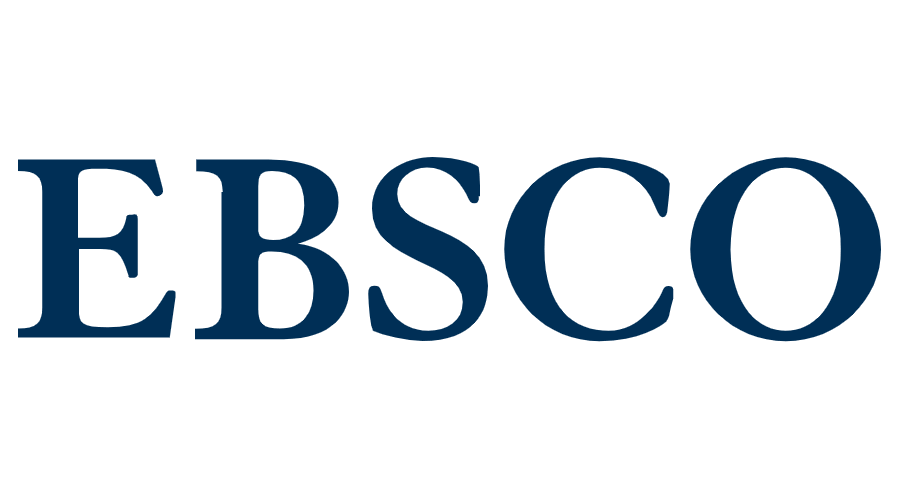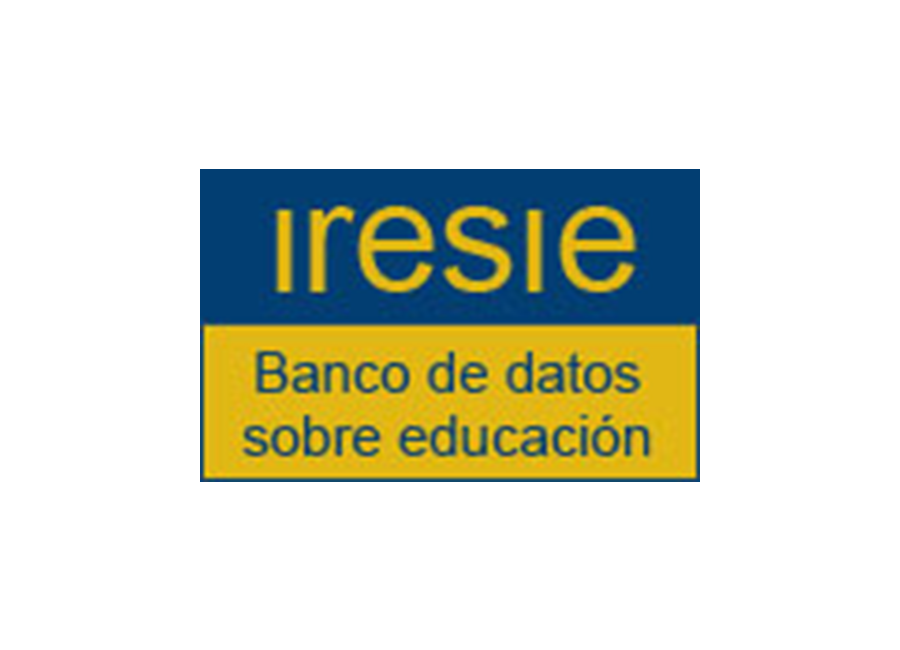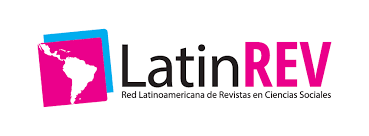Políticas educativas y libros de la SEP para indígenas
Abstract
El objetivo de la Secretaría de Educación Pública (SEP), durante los más de ochenta años que tiene operando, ha sido castellanizar, alfabetizar y homogeneizar a la población indígena, lo que se refleja en los libros de texto gratuitos que edita y distribuye desde hace varias décadas. Al hacer un recorrido por las diferentes propuestas para la educación indígena durante los periodos de gobierno que se han sucedido en la historia de México, no se advierte un interés real por parte de los actores presidenciales por conocer o fortalecer las culturas indígenas; simplemente, han tratado de castellanizarlas, alfabetizarlas y, en el mejor de los casos, brindarles una reducida cantidad de libros de texto traducidos a distintas lenguas, que, finalmente, no responden a las necesidades reales de educación de estos grupos.Downloads
Downloads
Published
Issue
Section
License
This work is licensed under a Creative Commons Attribution-NonCommercial 4.0 International license.
Authors who publish in Sinéctica agree to the following terms:
The authors retain copyright and grant the journal the right of first publication of the authorized work simultaneously under a Creative Commons Attribution License, which allows others to share the work as long as both the authorship of the work and the initial publication in this journal are acknowledged.
Authors may enter into additional separate contractual agreements for non-exclusive distribution of the published version of the journal (e.g., publishing in an institutional repository or a book), with acknowledgement of initial publication in this journal.
Authors are allowed to publish their work in institutional repositories or on their own website before and during the submission process, as it may generate productive exchanges, as well as earlier and greater citation of the published work.
Explanatory note: As of 2017 Sinéctica is governed by the Creative Commons Attribution Non-Commercial 3.0 International License, a version that standardizes licenses internationally.
Articles published between 1992 and 2016 are covered by a Creative Commons Attribution-NonCommercial-NoDerivatives 4.0 International license, which allows a work to be shared and distributed non-commercially and with acknowledgement of the author, but prohibits modification of the original creation.

